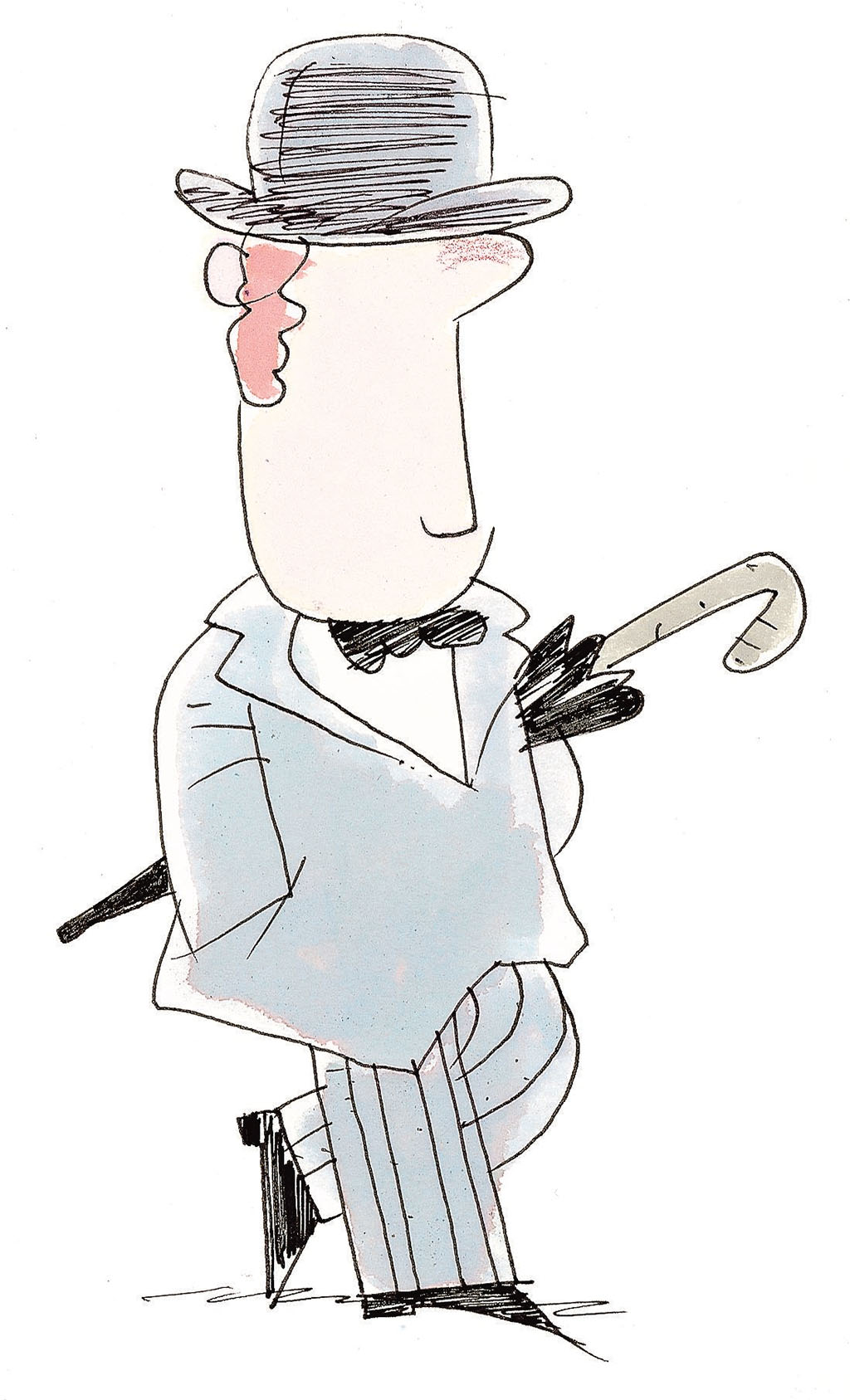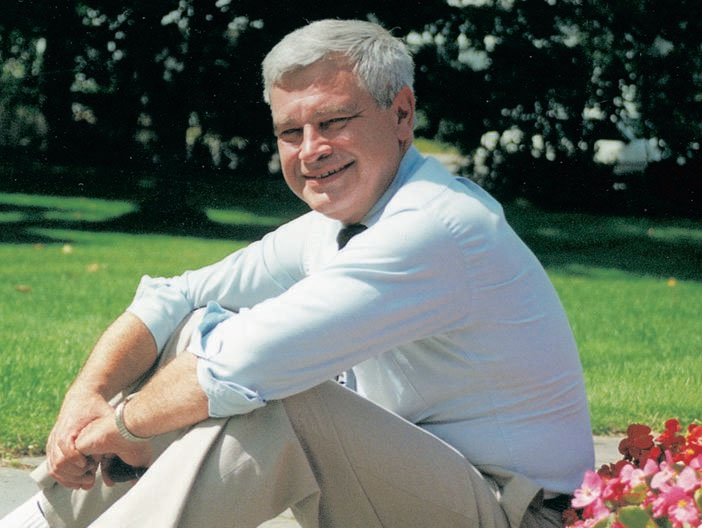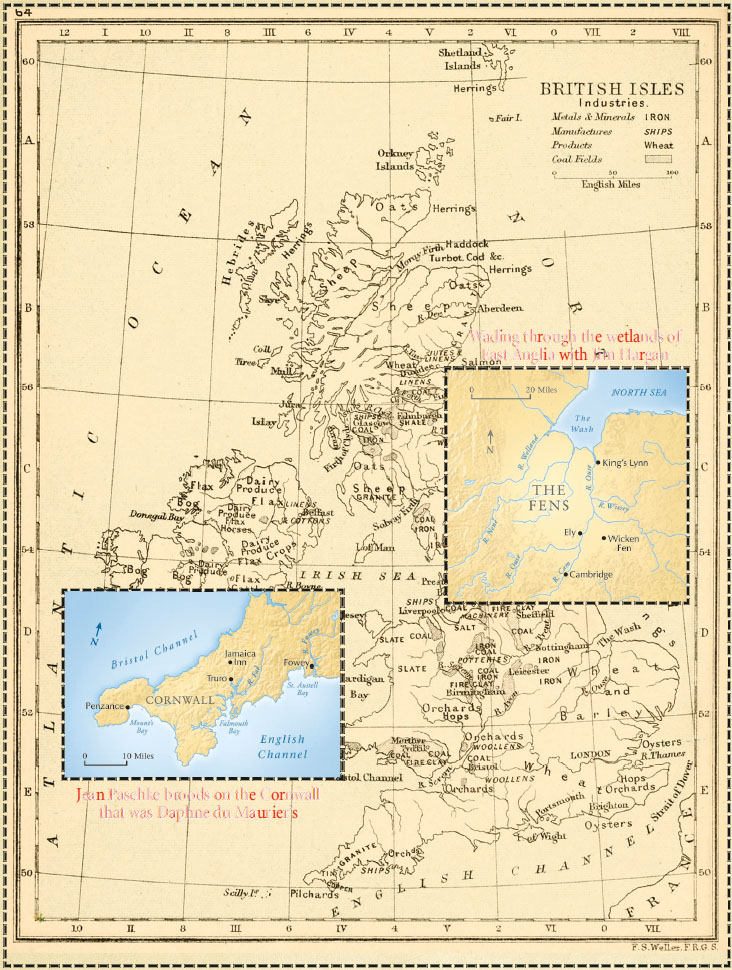
Letters and Miscellany
[caption id="AroundOurScepteredIsle_img1" align="aligncenter" width="1024"]

[caption id="AroundOurScepteredIsle_img2" align="aligncenter" width="702"]

[caption id="AroundOurScepteredIsle_img3" align="aligncenter" width="689"]

WARNER BROS/THE KOBAL COLLECTION
ROBIN RIDES AGAIN!
ROBIN HOOD HAS ALWAYS CAPTURED popular imagination. Who can fail to love a champion of the common people against a rabble of greedy overlords? Living under natural law with his merry men in Sher-wood Forest, Robin Hood tweaked the pride and purse of the Norman ascendancy in the days of wily Prince John’s regency. Now, Nottingham University has announced an elevation in the 12th-century outlaw’s dignity, as it offers the world’s first M.A. program in Robin Hood studies.
Students in the new program will probe medieval manuscripts to search for the colorful Robin’s place in English society. What they will find is a defense of equity over law. There are a lot of legs in the study of early medieval England, but a degree in Robin Hood? It makes me wonder if proficiency in the long bow will be a graduation requirement.
SAY THAT AGAIN, SLOWLY
AT THE CARDIFF CHAPTER ARTS CENTRE, a new exhibition is predictably receiving a mixed reaction. Funded by a grant from the Arts Council of Wales, the exhibition is titled Gallery Space Recall. The commissioned artist, Simon Pope, has left the gallery empty. The aim, he says, is to let people wander through the empty rooms and discuss memories of other galleries and exhibitions they have seen. Apparently people are actually going there to stand in the empty rooms that the artist was paid to leave empty. It sounds to me like the emperor is naked; wish I’d thought of the idea.
Up in the River Clyde estuary west of Glasgow, NATO was recently conducting an international training exercise for NATO warships, Operation Neptune Warrior. Meanwhile, MV Kenilworth, the Kilcreggan to Gourock ferry, was making its customary 10-minute crossing one morning when it crossed the path of a U.S. Navy warship leaving Faslane Naval Base for the two-week maneuvers. As it happens, the warship just then broadcast a warning that it was going to fire on unidentified ships—as part of the exercise. Mistakenly, the broadcast went out on VHF Channel 16, the international calling and distress frequency, rather than on an exercise frequency. The ferry was in no danger, but it scared the bloomers off a lot of people. Of course, there’s going to be an investigation. Oops.
Portraits of the Queen, or any monarch, are always subject to critical review. After all, regal beauty lies in the eye of the beholder. The Tate Modern has unveiled the newest portrait of Her Majesty to be displayed by a major British gallery. The commission was given to U.S. artist George Condo, who titled the portrait Dreams and Nightmares of the Queen. Eh, the Queen is depicted as a toothless Cabbage Patch doll. It is a tad controversial. A spokesman for the Society of Portrait Painters described the work as “embarrassingly bad,” but Buckingham Palace is maintaining a dignified silence. It doesn’t sound like the Queen is amused. Can’t say as I blame her.
The Campaign to Protect Rural England has alarmingly concluded that tranquility is hard to find these days. So, it has created a map based upon satellite data that shows us where to find such tranquility. The North is a good place to start, with Cumbria, Northumberland and North Yorkshire among the tranquil spots. Pockets of the southwest, like Dartmoor, rate highly as well. The study’s conclusion was that peace and quiet, birdsong, woodland, a natural landscape and seeing the stars at night could be found in the deep country, not in the cities. For this we need a special map?
THE BRITISH MULTICULTURAL DILEMMA
FOR DECADES NOW, Britain has been known for its tolerance and even embrace of multiculturalism within its society. Ethnic groups of all varieties have been encouraged to maintain their cultural identity, celebrate their religious holidays and retain their native customs. In the UK, official government documents are published in dozens of languages. British law prohibits religious as well as racial discrimination. In fact, Britain has been one of the most accepting and welcoming places on earth. In recent months, however, the country has been questioning just how beneficial its cultural tolerance has been.
Leader of the Commons Jack Straw helped raise to public consciousness a disease that has been growing for some time. The senior Government minister asked Muslim women to discard their veils when visiting his offices and publicly suggested that women wearing veils can make relations between communities more difficult. Vigorous debate has ensued. Up in West Yorkshire, a young teaching assistant was suspended when she refused to remove her veil in the classroom. Certainly the tensions caused by Muslim terrorism across the globe these days have made the topic acute. More broadly, however, the open question being debated is whether Britain’s attitudes and policies have created parallel communities that have no social cohesion with each other, or with a sense of British identity.
IN THE BRITISH HERITAGE POST
“YOU CAN MEET THE MOST INTERESTING people in the most interesting places,” writes George Blancett of Memphis, Tenn. In George’s case, it was a keeper at Dover Castle whom he and his wife befriended years ago. You don’t often meet an English castle guard who is an American Civil War cavalry reenactor, poet and cartoonist, I grant you. It would take pages we don’t have to tell the whole rich tale of Victor Yeakes. But George’s story is a good reminder that wherever you travel in Britain there are warm, personable, eclectic individuals who very much enjoy sharing their interests, country and lives with North American visitors. Getting to know the people is as much a reward of traveling in Britain as the gardens, castles and cathedrals. In Dover, Denbigh or Dundee, of course, it takes being friendly to find new friends.
J. Slaght-Huxley of Port Dover, Ontario, spotted a gaffe in our captioning last issue: “We ate at Goddards Pie House in Greenwich during our visit in 2002. (It is located at 45 Greenwich Church Street SE10.) I even looked up a family photo to verify this. We often speak fondly of the unique British meal we enjoyed there.” Yes, the colorful pie houses on P. 64 had their captions backwards. ’Tis Cockneys on Portobello Road. I’ll bet there weren’t many readers who picked up on that one.
BRITISH HERITAGE ONLINE
A REALM OF GREAT British Heritage articles are free and available at HistoryNet.com. Simply go to www.historynet.com and click the British Heritage page. You will find a key feature from our current issue and an archive of great stories from past issues—including our Great Migrations series and many more. If you would like to get even more interactive with the magazine, you can follow the thread to a British Heritage forums page or to other Web site forums of the Weider History Group magazines.
[caption id="AroundOurScepteredIsle_img4" align="aligncenter" width="1024"]

WWW.BRITAINONVIEW.COM
YE OLDE TRIP TO JERUSALEM
ROBIN HOOD ALWAYS REMINDS ME of Ye Olde Trip To Jerusalem—putatively the oldest pub in England, dating from 1189. Crusaders supposedly sought refreshment here on their way to the Holy Land. Certainly the legendary Robin, whose exploits took place in nearby Sherwood Forest during the reign of Richard the Lionheart, would have been able to quaff a pint or two in the very spot. Apart from its well-founded antiquity, however, the venerable public house is unique in its construction. The pub is built into a cliff face of soft sandstone ubiquitous in Nottingham. Small chambers carved into the bare rock form rooms for the patrons to enjoy conversation, potables and the bill of fare—as they have done for more than 800 years.
CASTLE DROGO
IF YOU ARE EXPECTING THE DRAFTY RUINS of a Norman fortress, Castle Drogo will come as something of a shock. Sir Edward Lutyens built the castle for a young grocery millionaire early in the last century. To be sure, it is made of stone, with appropriately thick walls and architectural features, but I’m not convinced that it really is a castle. Who ever heard of a castle that was warm and light? Central heating, 20th-century plumbing and electricity, huge windows, proper drainage and details of design that would have caused a medieval master builder to scratch his head and laugh: Castle Drogo is a marvel, and a marvelous visit. The views out over Dartmoor are splendid, as are the formal gardens. The National Trust has a much above average Visitors’ Centre here, with an informal restaurant and broadly stocked shop.
Alas, one problem has plagued Castle Drogo for years that it might share with its medieval counterparts: The roof has leaked ever since it was built. Though solutions to the problem have been attempted before, now the National Trust is getting serious. A major restoration program has begun at Castle Drogo; the seven-year building project will use the latest techniques to repair the roof as well as water-sogged walls and windows.
We are always pleased to hear from you. Our postal address here in Leesburg, Va., is on the masthead, of course. We are at 741 Miller Dr. SE, Suite D-2, Leesburg, VA 20175. Our e-mail address is [email protected].
If you somehow missed an issue of British Heritage, you can always complete your set with back issues available on our Web site at www.historynet.com or by calling 1-800-358-6327.
[caption id="AroundOurScepteredIsle_img5" align="aligncenter" width="732"]

GARDINER‘S ATLAS OF ENGLISH HISTORY; INSETS: BLUE MARBLE MAPS, LLC





Comments